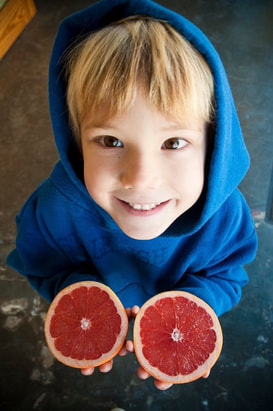 My two nephews and I were running around their tiny town, playing hide and seek, exploring, and talking to neighbors. Henry, age six, found a deep pile of leaves in a church yard along a stone wall the boys were walking on and jumped in. Laughing, he kicked around in the leaves for a few minutes. When he climbed back over the wall, ants were crawling all over his calves and shins and into his socks. He panicked, swatting at his legs as tears welled in his eyes. We quickly removed his shoes and socks and brushed the ants off. His tears dried, and we resumed our journey in the direction of his parent’s small health food store where his mom was stationed behind the counter. As I got a drink from the cooler, Henry checked in with his mom and the two boys ran upstairs to play. At the counter paying for my drink, and feeling slightly guilty for allowing her son to play in an anty pile of leaves, I told Emily, my sister in law, about the ants. Emily smiled and said she’d already heard the entire story. She slid coins into the cash drawer, closed it, and we too went on with our day. But the Ant Incident stuck with me. It’s not about ants. It’s about attachment, the single most important parenting practice. More important than healthy food, organic toys, and appropriate pre-school placement. Bonding with an infant is a known practice. Hospitals promote parent and infant contact after birth. Many people recognize the importance of attachment in a person’s first years. However, attachment is a process that continues throughout the life span. A parent who is able to attune themselves to the on-going emotional needs of their child provides a secure emotional base from which the child can explore the world, knowing they have a safe emotional place to return. The connection Henry made with his mother after the Ant Incident is a perfect example of how parents can continue to provide secure attachment. After the Ant Incident Henry and his brother re-engaged and continued their jokes, ribs, and exploration back to their parents where Henry immediately sought his mother’s attention. He told her the story, she validated his fear and provided reassurance – all within a minute. He then ran off again with his older brother. A healthy attachment experience exists inside this seconds-long interaction that provided security, safety, and assurance to Henry. And let me be clear – checking Henry’s legs for ant bites is the least important part of this interaction. The secure attachment between Henry and his mother is exemplified by Henry telling a story about a scary incident to his attachment figure, her listening, nodding in understanding, asking if he is okay, giving a quick hug and putting right to the world. It was focused attention, full engagement, and calm, kind words that happened in a matter of a minute on a typical day in this family’s life.
1 Comment
|
Details
Renew BlogDiscover your best self Archives
December 2021
Categories
All
|

 RSS Feed
RSS Feed